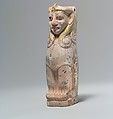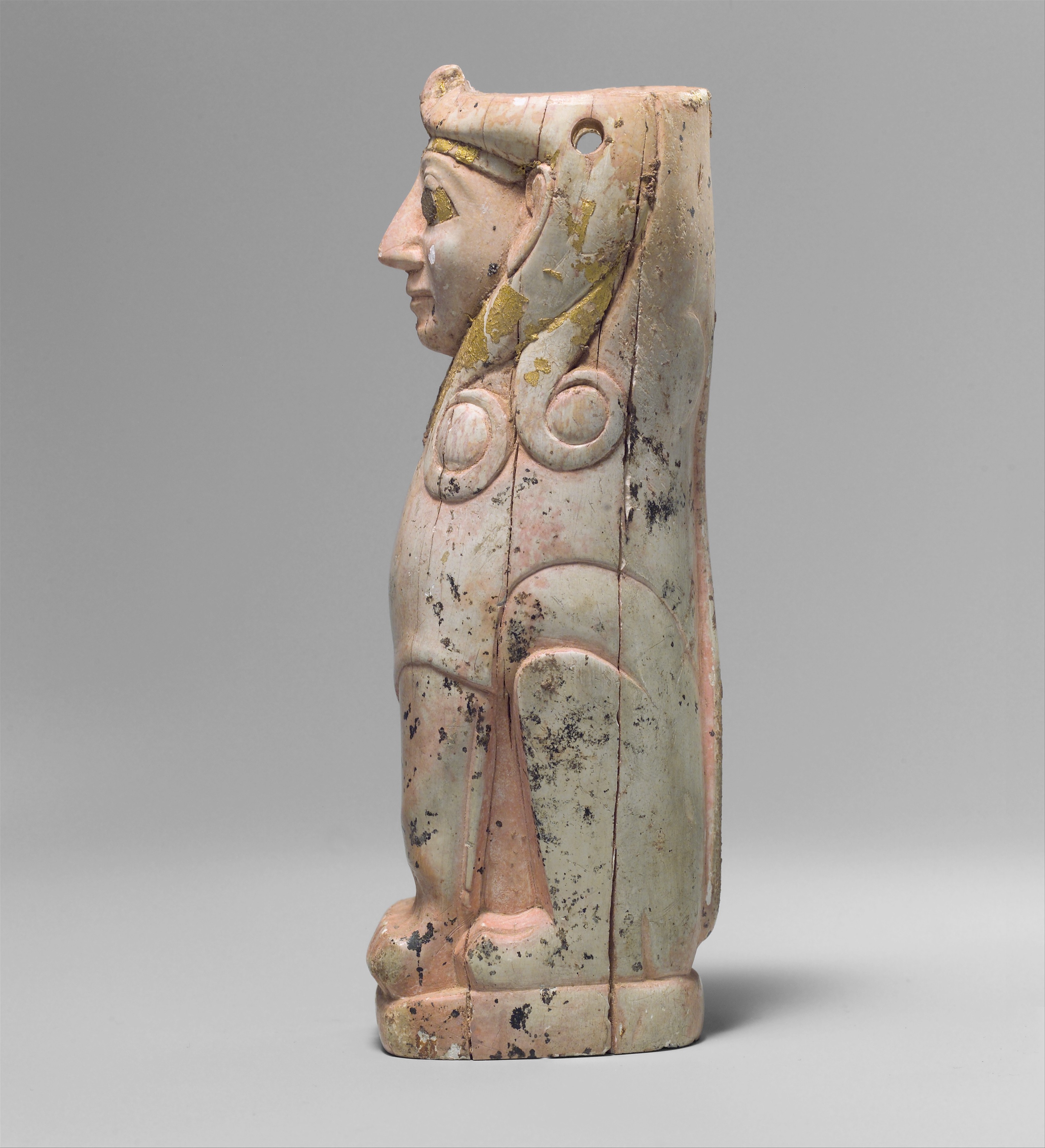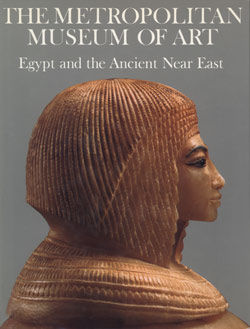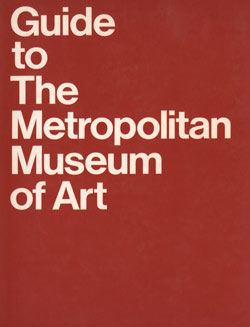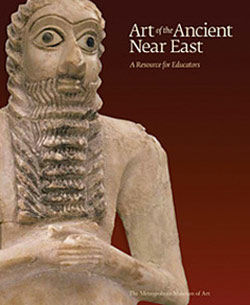Furniture support: female sphinx with Hathor-style curls
Not on view
Around 1900 B.C., traders from the northern Mesopotamian city of Ashur established karums, or "merchants' colonies," at a number of central Anatolian cities, among them the site of Acemhöyük. Assyrian merchants lived in a restricted area of these cities, trading textiles and tin from the southeast for silver but operating under the rule of local kings. Acemhöyük is a large mound located south of Ankara near the Turkish town of Aksaray on the Konya Plain. It lay on a route linking Anatolia and the East and seems to have been an important center for the copper trade and industry. In 1965 a Turkish archaeological expedition found sealed bullae, inscribed clay tablets, ivories, and other objects outside the karum of Acemhöyük in two burned palaces on the highest part of the mound.
A group of ivories given to the Museum in the 1930s is thought to have come from Acemhöyük because of close similarities in style and subject to those known to have been found there. Ranging in color from white to gray-blue and a pinkish orange, they have been warped and discolored by fire and soil conditions. They were carved to represent the fantastic composite creatures important in the mythology of the ancient Near East. This small female sphinx is a form borrowed from the Egyptians. Her large almond-shaped eyes and spiral locks ultimately derive from the Egyptian goddess Hathor. As with the later ivories from Nimrud, this sphinx, one of four in the Museum, was carved as furniture decoration.
#7021. Furniture support: female sphinx with Hathor-style curls, Part 1
-
7021. Furniture support: female sphinx with Hathor-style curls, Part 1
-
7071. Furniture support: female sphinx with Hathor-style curls, Part 2
Playlist
Due to rights restrictions, this image cannot be enlarged, viewed at full screen, or downloaded.
This artwork is meant to be viewed from right to left. Scroll left to view more.
